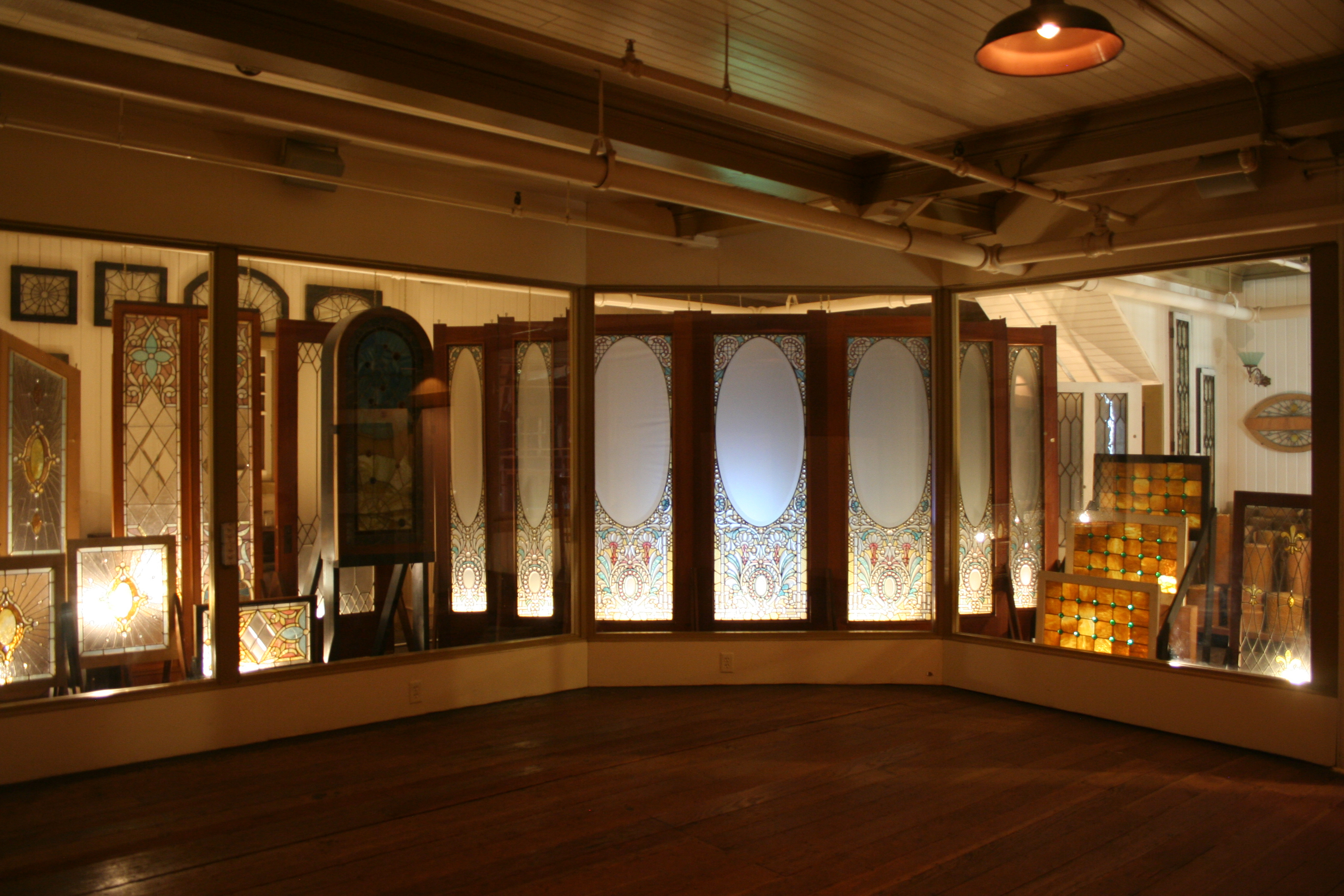Rhetoric of the Tour
The current tour leans into the perceived public memory and rumors. The house is a spooky labyrinth and should confuse visitors. It does not push against this expectation and at times promotes this narrative despite the opportunity to use the WMH as a labyrinth of contemplation about the historical narratives we too blindly accept.
The Winchester Mystery House tour makes references to the mythology built up around Sarah Winchester, that she built the house on the advice of a medium who said if she ever stopped building the ghosts would catch up with her and she would die. That she thought the ghosts were those who had died at the hands of someone shooting a Winchester rifle. The gun that provided her and her husband's fortune.
There is no historical evidence to support this narrative but it is the one that persists in the tour, marketing material, and recent feature film.
Lack of Historical Context
The language of the tour likes to highlight the 'strange' occurences of the number 13 and sometimes it becomes a bit lucrative. They emphasize the spooky spiderweb stained glass and the strange stairways. In the kitchen the tour guide points out a kitchen column that was put in upside down as proof of more nuttiness.
Many of these features make sense once considered within the aesthetic framework of Victorian architecture. Inserting columns upside down was a tradition for luck. Belief in ghosts was not a taboo but a part of Spiritualism- a movement that believed in contact to the spiritual world. It hit the height of its popularity during Winchester's lifetime. It is likely she participated in a seance during her life because seances were popular events that high society women engaged in.
Elements of the house and Sarah's life exisist in a historically grounded context. Things that would not be considered remarkable at the time are now emphasized as proof of the spiritually obsessed.
The winding hallways and elements of Victorian architecture (that also function as labyrinthe) are played up to confuse the tour group. Never quite knowing where you are in the massive house leads to disorientation that is supposed to be eerie bordering on frightening.
But the labyrinthe elements of this house lends themselves to a more positive interpretation, one that is about meditation and thoughtfulness. The stained glass windows, fine craftsman details, and meandering path could be a tour that celebrates maligned historical female architects. A tour that is proud of how Sarah Winchester configured a space that may make us uncomfortable in the short term but also opens our eyes to new perspectives. It provides every tour with an opportunity to view historical women and those with disability as complex and talented individuals.
This shift in public memory could make people begin to push against a blindly accepted history and instead let them imagine more expansive narratives.
